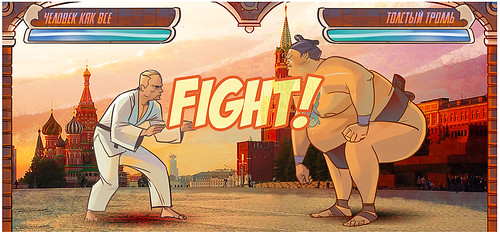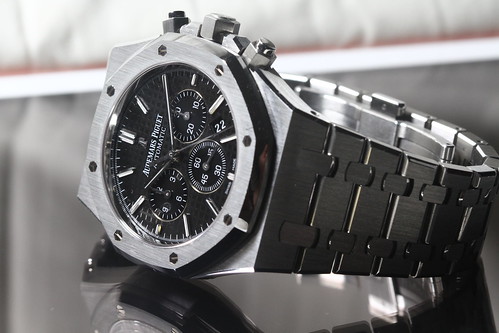Scientific slow down as a brake on innovation
An interesting essay on the nature of scientific slow down that applies as much to applied innovation as well – Scientific slowdown is not inevitable – Works in Progress – The most popular version of the low-hanging fruit model is that we are picking fruit at a slower rate because the higher-up fruit are harder to get to. You can only invent fire, the wheel, or a flint axe once. This story says that declining research productivity is inevitable. The fact that we once saw increasing scientific progress is because we were continually increasing inputs: adding more researchers, more research tools and technology. But now research is getting so much harder that even this is not enough. But another explanation for falling innovation ‘yields’ is that we are getting worse at picking it, despite the progress in picking methods that has happened. We’ve handed in our stepladders for footstools, without realising it. Our recent decline in innovation vibrancy might be explained by ideas becoming inherently harder to find, but it may just as easily be explained by us becoming worse at finding them. – The scientific slow down is real and is occurring across disciplines:
- Pharmaceutical research is taking longer and there is a patent cliff on blockbuster drugs
- Each process change in semiconductors costs more money and takes more time
- Software takes more lines of code
But the scientific slow down might also be down to problems with incentives. Technology executive and engineer Judy Estrin talked about the way ‘hard innovation’ is no longer invested in compared to ‘soft innovation’. Innovation itself has become financialised with blockchain being like a snake eating its tale. The scientific slow down could be as much related to the incentives and choices that drive research. The scientific slow down could also be down to the divorce between developing and making things. Silicon Valley is no longer making silicon. So it is harder to foster an eco-system to deal with scientific slow down.
Beauty
LG Household Buys U.S. Beauty Brand – The Chosun Ilbo (English Edition) – The Crème Shop is a brand started by a Korean American who sells to teens and 20 somethings and has deals with Hello Kitty and Disney
China
China Will Be Deglobalization’s Big Loser by Minxin Pei – Project Syndicate – China was headed toward at least a partial decoupling with the United States well before Russia invaded Ukraine. And it has been seeking to ensure that this process happens on its terms, by reducing its dependence on US markets and technology. To that end, in 2020 China unveiled its so-called dual-circulation strategy, which aims to foster domestic demand and technological self-sufficiency. And yet, last year, China was still the world’s largest exporter, shipping $3.3 trillion in goods to the rest of the world, with the US its leading export market. In fact, overall trade with the US grew by more than 20% in 2021, as total Chinese trade reached a new high. Trade with the European Union also grew, reaching $828 billion, even as disagreements over human rights torpedoed a controversial EU-China investment agreement.
How are coronavirus lockdowns affecting China’s economic output? | Financial Times and The Age of Slow Growth in China | Foreign Affairs – has China fallen into the middle income trap?
Design
Persepolis Reimagined – really nice site by Media Monks for The Getty Museum
Economics
The Forgotten Origins of Silicon Valley by William H. Janeway – Project Syndicate
Europe’s Economy on a Knife Edge by Barry Eichengreen – Project Syndicate
Ethics
Sheryl Sandberg (FB) Accused of Helping Bury Negative Kotick Story: WSJ – Bloomberg – Sandberg apparently threatened DMG business relationship with Meta to spike a story twice
Finance
The Incredible Bouncing Ruble by Sergei Guriev – Project Syndicate
Germany
What If Germany Boycotts Russian Energy? by Dalia Marin – Project Syndicate
Hong Kong
Google and Meta impose social media curbs on Hong Kong’s sole leadership candidate | Financial Times – its only a matter of time before Hong Kong falls behind the great firewall. I suspect John Lee’s panel of advisors was an effort to strong arm the business oligarchs into supporting him Hong Kong’s elite join leadership candidate’s campaign as Beijing watches | Reuters. This explains why his manifesto was free of ideas.
Innovation
America is struggling to counter China’s intellectual property theft | Financial Times
Japan
Kishida’s ‘new capitalism’ harnesses nostalgia for traditional business methods | Financial Times – contrary to what the FT thinks if Japan can go back to the planned capitalism (without hubris) of former prime minister Zenkō Suzuki, that might be just the ticket in times of shifting globalisation
Korea
¼ of Young Korean Men Feel Hard Done-By – The Chosun Ilbo (English Edition)
Marketing
Local Digital Ad Spend To Surpass $92B, Budgets Shift From Paid Search To Targeted Banners 04/15/2022 – the move from paid search to banner ads for local is interesting
All-time NFT favourites on display at Harvey Nichols Hong Kong | Digital | Campaign Asia
Materials
LVMH, Fendi open the door to sustainable, plastic-free lab-grown fur | Vogue Business – will lab grown fur be luxe?
Tackling the test bottleneck in the supply chain – eeNews Europe
ht – new developments in testing electronics important for QA and spotting fake components
Media
How journalists in Ukraine turned to crowdfunding site Patreon to finance coverage | Financial Times
Online
Facebook Papers on Donald Trump, the 2020 Election, and Jan. 6
Retailing
Cleaning Up Streetwear’s Act | High Snobriety – the European Commission are proposing new standards which would dictate how durable apparel would need to be in addition to bans on the destruction of unsold materials. This comes at a time when a cavernous dichotomy exists between the cohort of people who require their products to be sustainably minded and the growing number of consumers who succumb to the whims of fast fashion led by retailers like Shein mushrooming to a $100 billion valuation
Security
China ‘infiltrates’ groups welcoming Hongkongers to Britain | News | The Times
SIG Sauer Comment on NGSW Win -The Firearm Blog – the US military is moving weapons system and ammunition to provide the ability shoot over longer distances
Taiwan
US Strategic Ambiguity Over Taiwan Must End by Abe Shinzō – Project Syndicate


